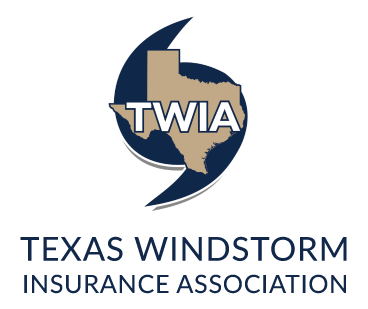At an August meeting of the Texas Windstorm Insurance Association Board, a vote to begin the fiscal year without a 41.7% and 50% rate increase passed - a move applauded by politicians and policyholders alike.
But it doesn't safeguard coastal homeowners from paying more in the event of a hurricane.
Mark Hanna, spokesman for the Insurance Council of Texas, said TWIA's main fund for paying out windstorm damage claims essentially was wiped after Tropical Storm Harvey, putting it in a precarious place in the event of another storm.
"They've slowly been building it back, but when that's gone, they have to go into the savings account," Hanna said.
TWIA paid out at least $1.25 billion for more than 76,000 insurance claims after Harvey, according to its April 2019 report card, clearing out $737 million from its Catastrophe Reserve Trust Fund.
The fund was at $119 million at the end of June.
TWIA reports having up to $4.2 billion in available funding for claims during the 2019 hurricane season. But if damages from Texas' next hurricane exceeds the reinsurance payments and maxes out the reserve fund, TWIA would be forced to tap into its investment accounts or charge its member insurance companies up to $500 million.
That cost likely would get passed on to policyholders.
"If you sell homeowner's insurance in Texas, you are a part of TWIA and are affected by its shortfall," Hanna said.
"Without rate increases, you've got a situation where you're going to get hit on the backside with surcharges on your policies." TWIA's public securities were established to make sure the association could remain stable overtime since it isn't protected by the state's "Rainy Day Fund" contingencies that extend to other state agencies.
Excluding 2017, both commercial and residential rates have been annually increased by 5% - the maximum amount allowed without a board vote.
However, a rate adequacy analysis performed by TWIA suggested the board would need to approve the largest increase since 1992 to address severe underfunding.
Since 1988, the insurer has cumulatively increased rates by more than double, or 2.4% per year on average.
In its latest report, the Sunset Advisory Commission said legislatures had given TWIA conflicting mandates that would make it difficult to serve Texans in future disasters.
"TWIA's revenue from premiums is not enough to pay future claims, meaning TWIA will likely have to go into more debt if there is another hurricane - further increasing costs to policyholders," the report's authors wrote. "At the same time, the Legislature designed TWIA to provide insurance for those who cannot purchase it elsewhere.
If TWIA were to regain financial stability through raising premiums, TWIA may become too expensive for coastal residents." The commission recommended that TWIA's funding infrastructure be reformed to either allow it to be funded by a revenue source other than debt and premiums, or change its role as the state's insurer of last resort. Both mandates couldn't coexist into the future.
Critics have blamed fiscal management and reluctance to pay out claims that result in lawsuits as the main causes for any instability that TWIA faces.
Jefferson County Judge Jeff Branick said he still felt TWIA had gotten to its current point because of past boards' decisions not to charge insurance companies after hurricanes Rita and Ike, but he acknowledged other factors.
"Some of the largest losses in Texas are from hail damage in northern Texas, which we share in the actuary risk on our policies just like the Bastrop fires," Branick said. "But the rest of the state doesn't share in our losses." Branick said he would like to see the state demand that private insurers in Texas offer all counties the same options for windstorm policies if they want to operate in the state.
In the meantime, he said, a 45% increase on residential policies would keep many working-class families from being able to afford a home in coastal counties where mortgage companies require windstorm insurance.
"That would be an especially bad move when we need all the workers in Jefferson County that we can get at the moment," Branick said. "We don't want to disincentivize anyone from being able to own a home and become a part of our community."













